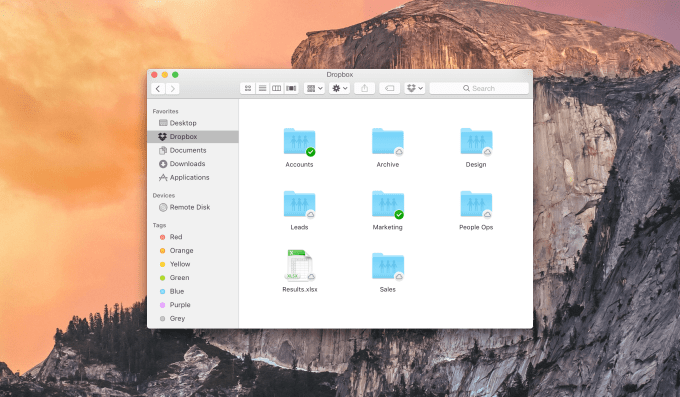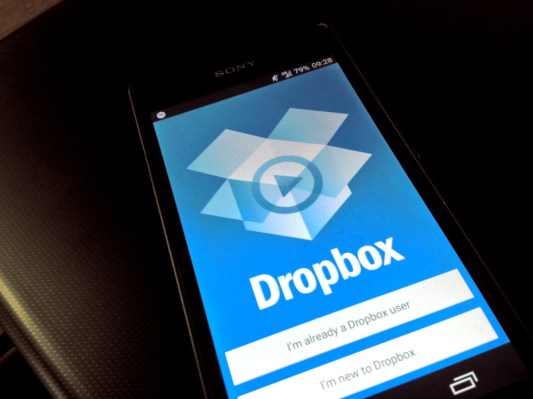One of the problems with Dropbox and indeed all cloud storage is the way they have implemented how you view your cloud storage on your local drive. If you want to access your cloud file system in your local file management tool, you literally need to have it stored on your drive, which really defeats the idea of having cloud storage in the first place — especially on devices with smaller hard drives.
Alternatively, you could open Dropbox.com and navigate to your files in a separate interface, an approach just about everyone dislikes.
Dropbox wants to change that.
Today at the Dropbox Open conference in London, the company announced Project Infinite with the goal of giving business customers local access to files no matter where they live — in the cloud, on network drives or local drives. In practice, this means when you open Windows Explorer or OSX Finder, you will have access to all of your Dropbox files without having to store them on your drive.
With the Infinite Drive, you have visibility across the entire system, but the files can live in the cloud as designated by a cloud icon next to the file, or on your hard drive with a cloud backup as designated by a green check mark. This enables you to manage your cloud files as though they were local, but they’re not taking up space on your drive — and that’s a huge difference.

Photo Credit: Courtesy of Dropbox.
Project Infinite isn’t really infinite, but it does provide a seamless layer between your physical drive and your cloud storage in Dropbox. It means if you have a huge amount of content that would normally overwhelm your hard drive, you have the option of leaving a file or set of files and folders in place in the cloud or only downloading the ones you need. Yet you have everything together in a unified folder system, regardless of where it’s stored — locally or in Dropbox.
Dropbox was simply announcing a preview of Project Infinite today without giving any indication of when this would be available, so if like me this sounded pretty good to you, you’ll have to wait. As such, there was no mention of pricing or availability or if it would eventually be available for consumers or just business customers.
We’ll just have to wait for GA for more definitive answers to those questions. In the meantime, Dropbox has solved a big cloud storage problem, and it’s about time.
